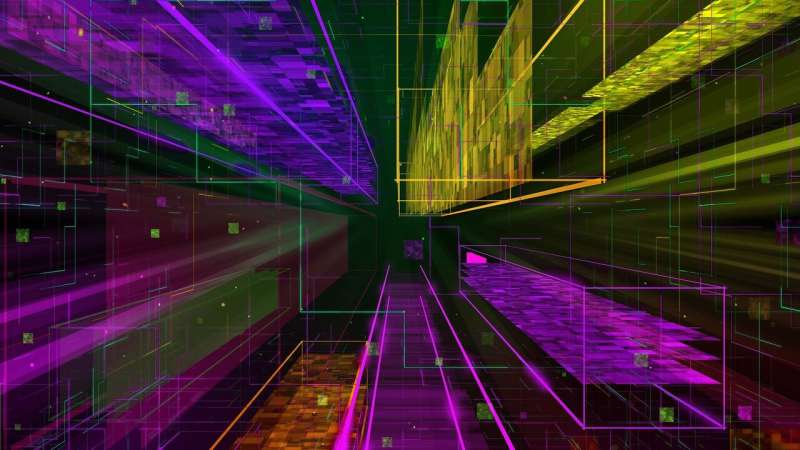Examining recent developments in quantum chromodynamics

Created as an analogy for Quantum Electrodynamics (QED) — which describes the interactions due to the electromagnetic force carried by photons — Quantum Chromodynamics (QCD) is the theory of physics that explains the interactions mediated by the strong force — one of the four fundamental forces of nature.
A new collection of papers published in The European Physical Journal Special Topics and edited by Diogo Boito, Instituto de Fisica de Sao Carlos, Universidade de Sao Paulo, Brazil, and Irinel Caprini, Horia Hulubei National Institute for Physics and Nuclear Engineering, Bucharest, Romania, brings together recent developments in the investigation of QCD.
The editors explain in a special introduction to the collection that due to a much stronger coupling in the strong force — carried by gluons between quarks, forming the fundamental building blocks of matter — described by QCD, than the electromagnetic force, the divergence of perturbation expansions in the mathematical descriptions of a system can have important physical consequences. The editors point out that this has become increasingly relevant with recent high-precision calculations in QCD, due to advances in the so-called higher-order loop computations.
"The fact that the perturbative expansions in QCD are divergent strongly affects the renormalization scheme and scale dependence of the truncated expansions, which represents a major source of uncertainty in the theoretical predictions of the standard model," Boito and Caprini, write. "Understanding and taming this behavior is, therefore, one of the main challenges for precision QCD to match the requirements of future accelerator facilities."
In the special edition, this and other topics relating to QCD such as the mathematical theory of resurgence and the existence of infrared (IR) and ultraviolet (UV) renormalons are addressed by a cadre of experts in the field.
These problems are tackled from a variety of angles and in the context of related quantum field theories from what the editors say is a more fundamental viewpoint or a phenomenological approach.
More information: Diogo Boito et al, Renormalons and hyperasymptotics in QCD, The European Physical Journal Special Topics (2021). DOI: 10.1140/epjs/s11734-021-00276-w
Provided by Springer




















